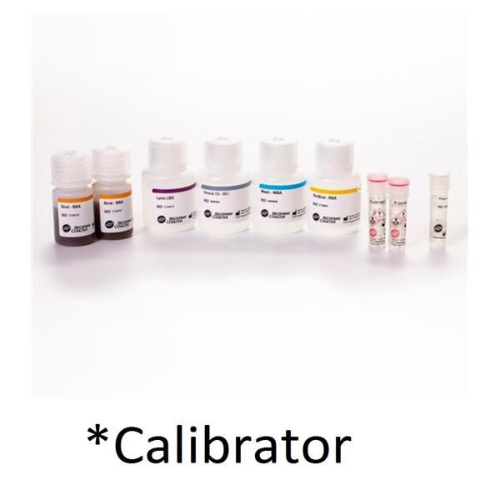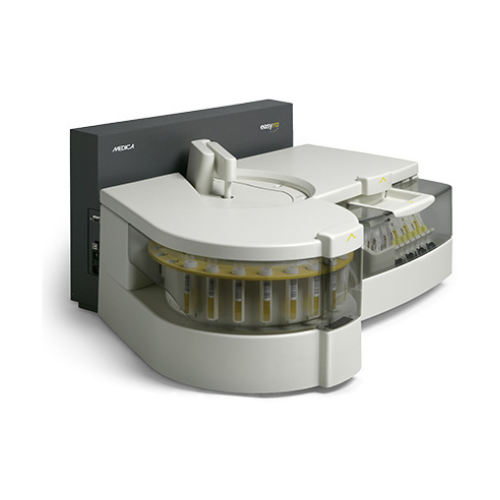For Business Use Only. Does Not Ship to Residential Addresses. For use inside an Analyzer, Sold Separately.
Olympus 4G109 Emit 2000 Valproic Acid Calibrator For AU Series Analyzer 1x5mL/5x2mL Liquid Volume, Each
Product Code: 4G109
Shipping Weight: 10.00lbs (4.54kg)
Specifications
Additional Attributes: Liquid Volume
Brand: Emit 2000
For: AU Series Analyzer
Item: Calibrator
Item Type: Valproic Acid
Quantity: Each
Volume: 1x5mL/5x2mL
Intended Use
The Emit® 2000 Valproic Acid Assay is a homogeneous enzyme immunoassay intended for in vitro diagnostic use in the quantitative analysis of valproic acid in human serum or plasma. These reagents are packaged specifically for use on a variety of AU® Clinical Chemistry Systems.
About Valproic Acid Calibrator
Monitoring valproic acid concentrations in serum helps to individualize drug therapy for safe and effective control of absence seizures, other generalized seizures, and partial seizures. Serum valproic acid monitoring is useful to assess patient compliance, or to explain changes in seizure control or drug toxicity.
Achieving and maintaining therapeutic concentrations of serum valproic acid is difficult due to marked inter- and intra-patient variability in pharmacokinetics. The pharmacokinetics may be altered by age, pregnancy, renal failure, liver dysfunction, other drugs, low albumin, and other factors.
Valproic acid has pharmacokinetic parameters that make it susceptible to drug interactions. Valproic acid is extensively metabolized by the liver. Other coadministered drugs, including other antiepileptics, may induce or inhibit the drug metabolizing enzymes of the liver. When these drugs are added or removed from the therapeutic regimen of a patient, the clearance and concentration of valproic acid may be altered, requiring dosage adjustment.
Adverse reactions associated with high concentrations of valproic acid are central nervous system depression, tremor, thrombocytopenia, and increases in liver function tests. These reactions may be minimized by dosage titration. Very high concentrations of valproic acid may also increase the risk of developing fatal hepatotoxicity, stupor, coma, or cerebral edema.
The methods historically used to monitor valproic acid are nonisotopic immunoassay and gas chromatography.
Additional Information
Valproic Acid Calibrator - Safety Data Sheet











